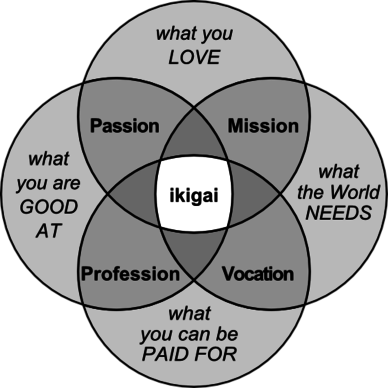There is a fierce battle on court 12 when I walk up. The players have been on court for almost an hour, trading point after point, making each other stretch for every ball, pushing themselves to work harder, be smarter and tougher. The shouts of encouragement from teammates drown out the marker’s calls, but the players are silent as each looks for a way to attack.
Each hard-fought point in this match has led to this awesome exchange at 7-9 in the fifth. And it is almost over. But not yet. Another superb get, a smashing cross-court, a punishing drive to length. …
There is nothing except the ball, the court and the will. Neither player is thinking about the miles covered in the last four games, nor the other matches played in the last two days. She is here, right now. Locked in. Unyielding, resourceful.
This is the squash I was privileged to see over and over during this year’s Howe Cup. Thirty-six teams of five, in four singles divisions, and fourteen teams in two doubles draws: it is a huge event – one that Peter Heffernan and crew at Meadow Mill Athletic Club managed with exceptional skill. But, although this is the largest women’s event on the calendar, that actually doesn’t tell you why it is so important.
Why am I here? Well, I am coaching five fantastic teams from New York. We’ve had almost two months of practices and now it’s time to let them play. For three days, the players come off court and tell me what they need, and I tell them what I see. They come off court confident, bewildered, receptive, chatty, distracted, and I try to get them back on court ready for the first serve with a plan and a relatively clear head. Then, somewhere between the 40th and 50th match, I begin to see real changes in these players.
Some of them started the weekend tentatively, dipping into their first few games but not sure how hard they should – or could – play. Others soared in, bright, determined, already hunting. By Saturday, everyone has found her feet, won a few, lost a few, gained awareness and confidence, scraped off the rust. I can see them starting to grin in anticipation of their next match, even while they are urging each other to give more, try again, not let up.
A national team tournament like this matters so much precisely because it is a women’s event. This is not about affirmative action, although it is true that there are comparatively few opportunities for women to gather in such a large group, to be both the focus and the creators of a remarkable event – particularly in sports. But it is simpler than that: this is community building. The women who play in the Howe Cup go home and spread the word. The juniors go out and tell their friends about it. The WISPA players vow to bring in a few more next year. And so it goes. So it grows.
Consider these: a recent college graduate at the top of her game, a highly skilled elite athlete; a grey-haired woman, strong and sure, whose name is engraved on a dozen plaques and trophies; a teenager who first discovers and then tries to push past her own limitations: a 30-, 40-, 50- something woman thrilled by the physical and mental challenge squash continues to present her.
These are all the same woman. Howe Cup is the place she comes to see herself ten years ago and twenty years from now. It is where she finds friends, support and encouragement. Where she teaches and learns the great life lessons of winning, losing and never giving up, never making excuses. Oh, and where she dances like she is 16.
The future of the game is not tied just to juniors bound for college or the success of national teams: it must involve and support every player, at every level, no matter what her age, motivation or potential. Howe Cup is where you can see what that looks like.
Kudos to the participants, the organizers, the volunteers, the staff, the friends and relations. Howe Cup is unique, not just for its wild mix of competition and camaraderie, but also for its long-standing commitment to all of the women who play this game.
Just one more thing. This year, we were joined by 12 girls (and one very dedicated staff member) from Streetsquash, one of New York’s urban squash programs. Thanks go to New York Squash and Scott Wilson for covering the entry fees for the singles events – and to Scott again for stepping up for the doubles teams.These young women went on court again and again, against much more experienced opponents, and played with all the poise, determination and desire they possessed. Even when they were discouraged by the results or other circumstances, they tried to stay open and positive. They watched dozens of matches and saw how the best competitors dealt with unforced errors, questionable calls, difficult opponents, winning and losing; they learned and they tried to do the same. Point by point, game by game, we all saw them get a little wiser, a little more grounded, and a lot tougher to beat!But this is their most awesome achievement: they have inspired a high school teacher from Toronto to go home and create the first urban squash program in Canada.
Hat off to those girls. I have never, in 20 years of coaching, had so many compliments from opponents and spectators about my players. They really are the ones I most want to see on court in five, ten and twenty years.
David Hughes
P.S. The range of ages is something I think should be celebrated and acknowledged by the tournament organizers in the future. That’s not really going to embarrass anyone, is it?

